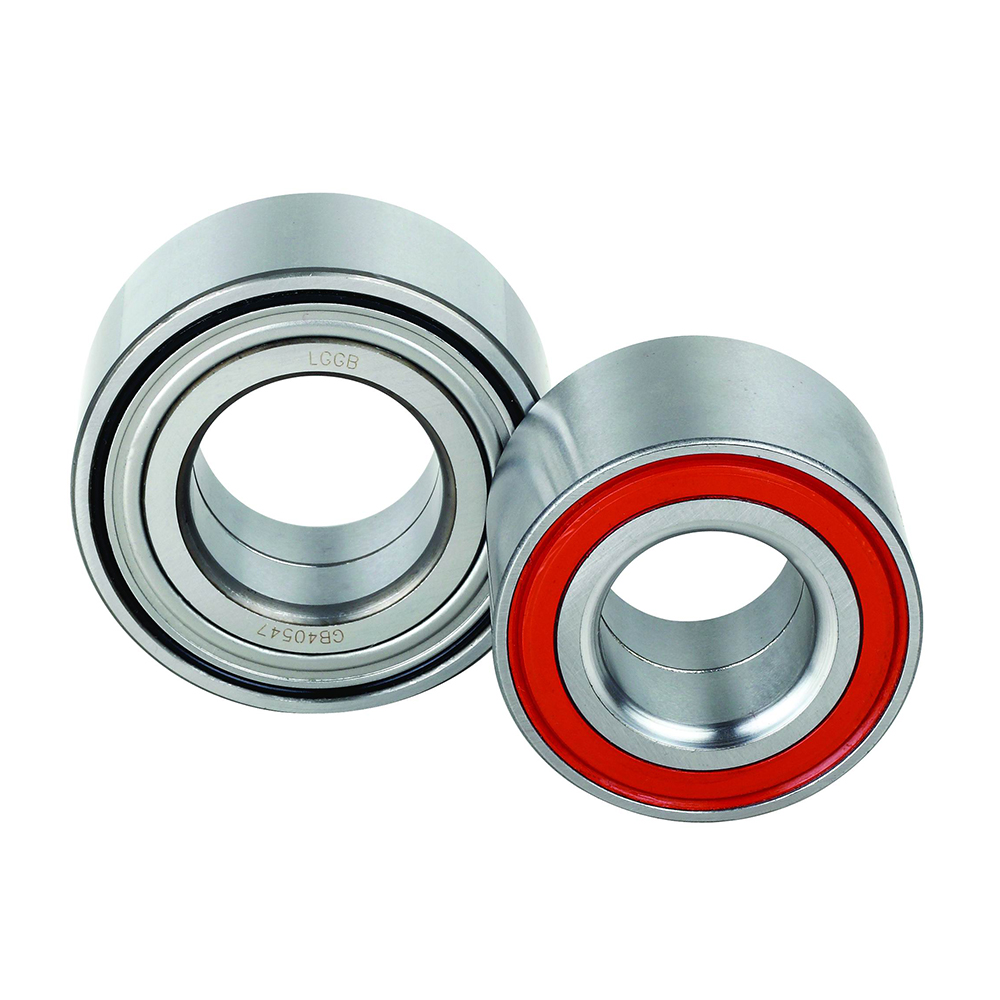Deep groove ball bearings are one of our most common types of bearings, and are widely used in production and life.The literal translation is deep groove ball bearing, which is why it is called deep groove ball bearing.
Of course, there is another reason, which is the structure of the deep groove ball bearing, which is obvious in the picture below. An outer ring, an inner ring, and a deep groove in the middle are lined with rolling steel balls, so they are very vividly called deep groove ball bearings.
As far as the classification of bearings is concerned, deep groove ball bearings are the most typical structural form of rolling bearings. They have low friction torque and are most suitable for environments requiring high speed, low noise, and low vibration. They are widely used.
Features
1. The channel on the inner and outer rings has an arc-shaped interface radius slightly larger than the radius of the ball. Mainly can bear radial load.
2. In addition to the open type, there are bearings with steel plate dust cover, bearings with contact rubber seals, bearings with non-contact rubber seals, or bearings with snap rings on the outer diameter of the outer ring. .
3. The ball bearing with dust cover or sealing ring is sealed with an appropriate amount of high-quality grease. Deep groove ball bearings generally use steel stamping cages, with small friction torque and a precision grade of 0.
Bearing installation and removal
When the accuracy of the shaft and bearing seat is not good, the bearing is affected by it and cannot exert its due performance. For example, the accuracy of the installation part with the bearing is not good, which will cause the inner and outer rings to tilt relatively. At this time, in addition to the bearing load, an additional edge stress concentration load (Edge Load) will be added, which will shorten the bearing fatigue life, and even cause damage to the cage, such as galling.
When the installation state of the bearing is as follows, it can be disassembled by the special puller disassembly method.
(a) Shaft shape: cylindrical shaft bearing inner ring inner diameter shape: cylindrical hole.
(b) Shaft shape: Cylindrical shaft, inner diameter shape of inner ring of the bearing using a tight-fitting bushing: dimensional hole.
(c) Shaft shape: dimensional shaft, inner diameter shape of bearing inner ring: dimensional hole. In either state, the stop of the lock nut of the shaft (or the lock nut of the fastening bush) must be loosened during disassembly, and the lock nut should be placed in a loose state.
Post time: Feb-21-2022


